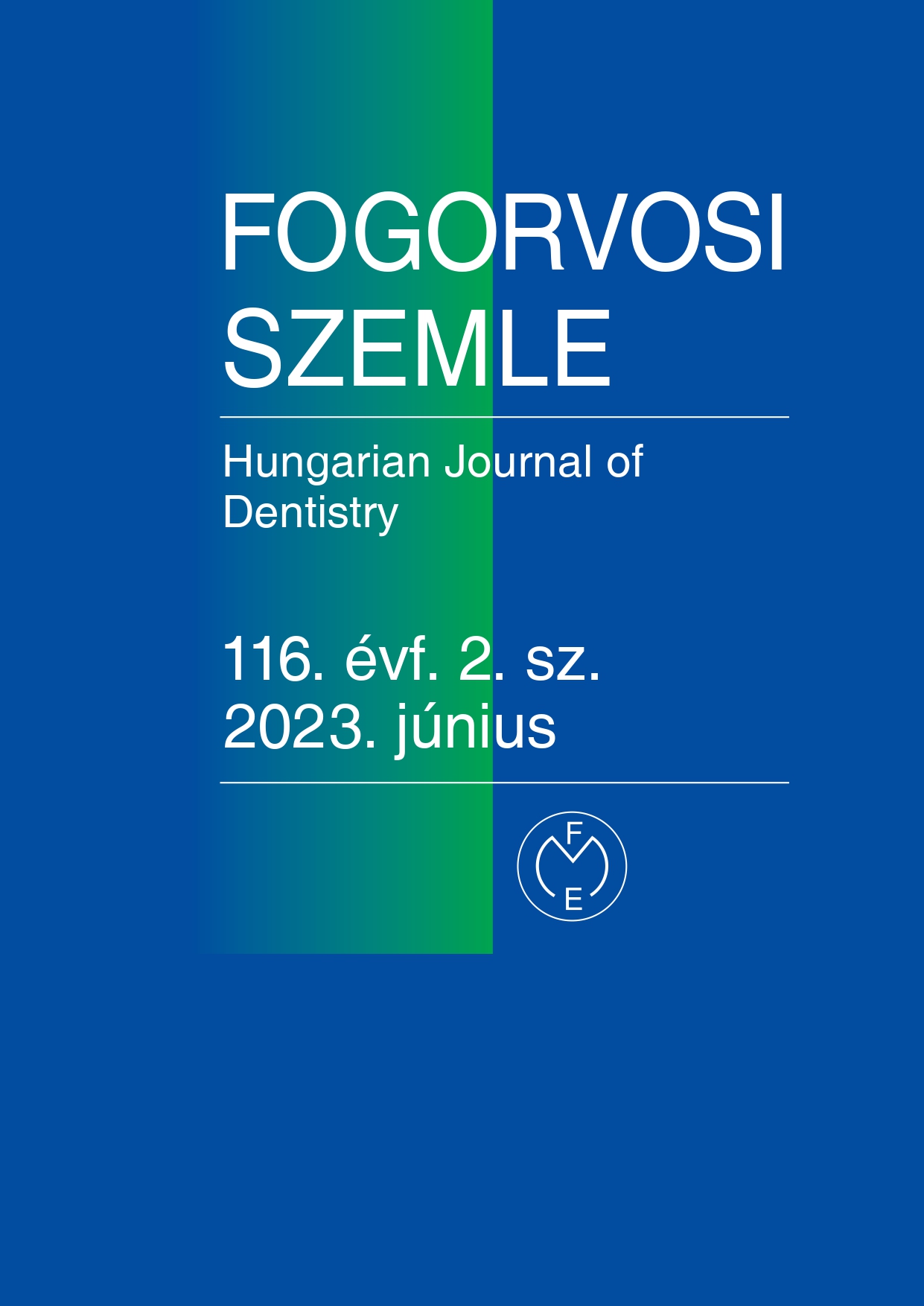Automatic segmentation of bone structures in CBCT images
Abstract
Modern surgeries are performed using transplants or implants based on surgical planning with CT images. The CT or
CBCT images having bad initial quality greatly decrease the performance of the processing algorithms and affect the
quality of the reconstructed 3D models. 3D reconstruction using Manual segmentation takes several hours of work and
expertise, which significantly increases the overall cost and time of 3D CAD/CAM based surgical planning and production
processes.
In this paper, we introduce a procedure as a time- and cost-efficient solution for bone tissue segmentation. The idea of
this process is an automated image processing algorithm based on edge detection, mathematical morphology and various
image processing operations. Accuracy of the method has been compared to manual segmentation of 40 series.
Results (precision 86–95%) show that the algorithm is fast and accurate so it is applicable for surgical planning.
References
Nagarajappa AK, Dwivedi N, Tiwari R. „Artifacts: The downturn of CBCT image. J Int Soc Prev Community Dent. 2015 Nov-Dec;5(6):440-5 https://doi.org/10.4103/2231-0762.170523
Chen, Si, Wang L, Li G. „Machine learning in orthodontics: Introducing a 3D auto-segmentation and auto-landmark finder of CBCT images to assess maxillary constriction in unilateral impacted canine patients” The Angle Orthodontist 90.1 (2020): 77-84. https://doi.org/10.2319/012919-59.1
Yip S, Perk T, Jeraj R. „Development and evaluation of an articulated registration algorithm for human skeleton registration” Physics in Medicine & Biology 59.6 (2014): 1485-1499. https://doi.org/10.1088/0031-9155/59/6/1485
Wang, Li, et al. „Automated segmentation of dental CBCT image with prior‐guided sequential random forests” Medical physics 43.1 (2016): 336-346. https://doi.org/10.1118/1.4938267
Sharma N,Ray AK, Sharma S. „Segmentation and classification of medical images using texture-primitive features: Application of BAM-type artificial neural network.” J Med Phys 2008; 33: 119-126. https://doi.org/10.4103/0971-6203.42763
Shapiro LG, Stockman GC. Computer Vision. Prentice-Hall, New Jersey, 2001. ISBN 0-13-030796-3
Serra, Jean. "Introduction to mathematical morphology." Computer vision, graphics, and image processing 35.3 (1986): 283-305. https://doi.org/10.1016/0734-189X(86)90002-2
Canny, John. „A computational approach to edge detection.” Trans Pattern Anal Mach Intell. 1986; 8:679–698. https://doi.org/10.1109/TPAMI.1986.4767851
DICOM® Publications and DICOMWeb™ Publications are published by and copyright owned by the National Electrical Manufacturers Association.
Available from: https://www.dicomstandard.org/current/ [accessed: 7 August, 2022]
Confusion matrix.
Available from: https://en.wikipedia.org/wiki/Confusion_matrix [accessed: 7 August, 2022]
Copyright (c) 2023 Authors

This work is licensed under a Creative Commons Attribution 4.0 International License.


.png)




1.png)



